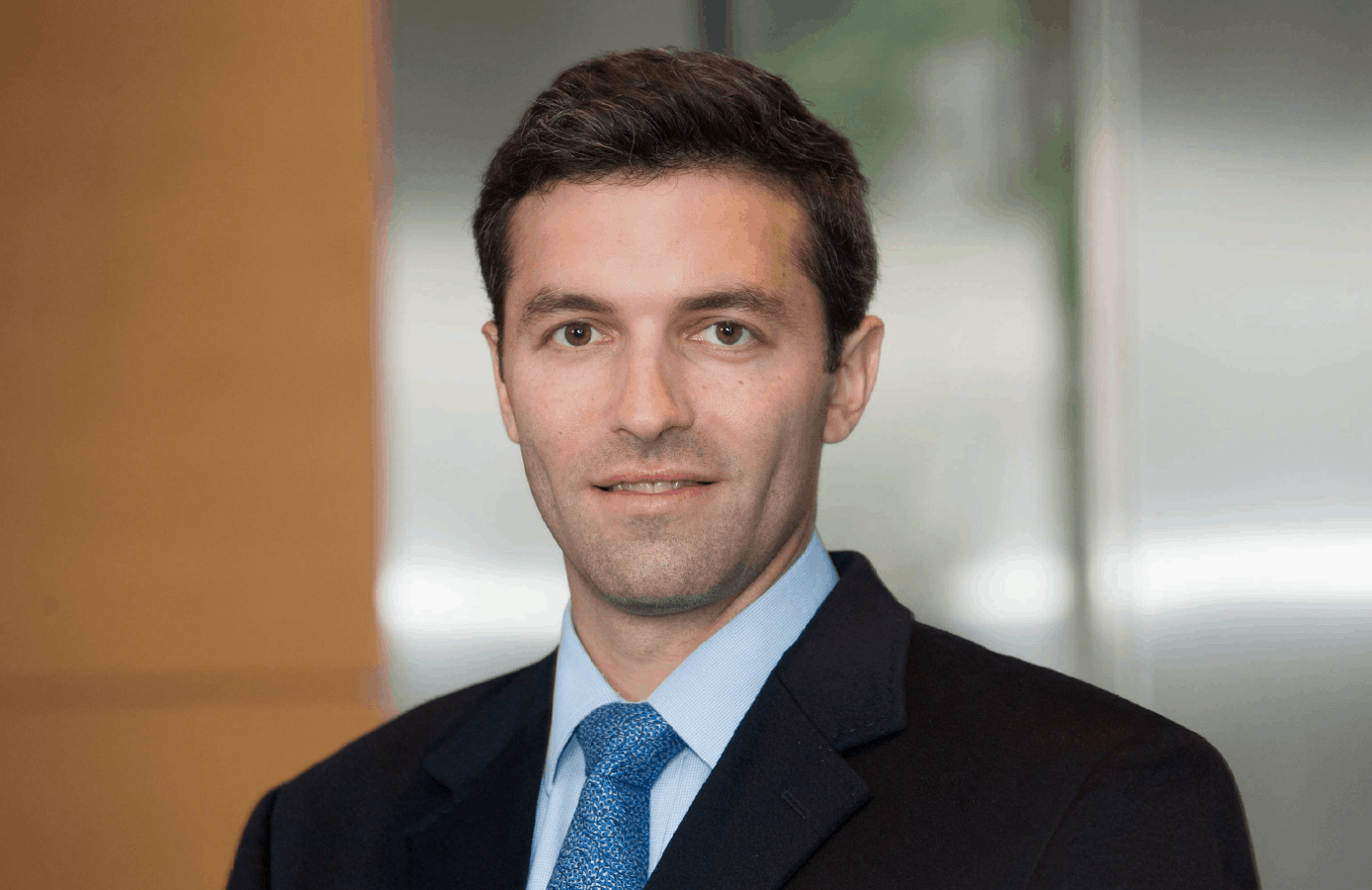“As with prostate cancer, there are patients diagnosed with papillary thyroid cancers (PTC) who, if the cancers are left alone rather than excised, will never experience problems during their lifetime,” says Benjamin R. Roman, MD, MSHP. “In studies of more than 2,000 patients who avoided surgery and instead opted for active surveillance for low-risk thyroid cancers, not a single person died from thyroid cancer. In this low-risk group, only around 15% have tumors that grow large enough to require surgery. This makes active surveillance a great option for many patients with low-risk thyroid cancers. However, unlike prostate cancer active surveillance, thyroid cancer active surveillance is a relatively new idea. In these early years of this approach, the attitudes and beliefs of surgeons and endocrinologists regarding active surveillance are not well-known.”
For a paper published in Endocrine Practice, Dr. Roman and colleagues conducted a national survey via email of endocrinologists and surgeons treating patients with thyroid cancer from August to September 2017. The analysis reported attitudes toward patients with potential factors impacting decision-making regarding active surveillance, beliefs about barriers and facilitators of its use, and reasons why physicians would select a given management strategy for themselves if they were diagnosed with PTC. “Due in part to the lack of any large, prospective studies of patients with PTC enrolled in active surveillance to compare the outcomes of this approach to traditional surgery, active surveillance is only being adopted slowly, at select hospitals,” Dr. Roman says.
Evidence for Active Surveillance Not Yet Strong Enough
Among survey respondents, 94% believed that active surveillance was appropriate for at least some patients, and 81% agreed that active surveillance was at least somewhat underused. However, 76% said that they would choose surgery for themselves if diagnosed with a PTC measuring 1 cm or smaller. “The majority of the respondents believed that the guidelines supporting active surveillance were too vague and that the current supporting evidence was too weak,” Dr. Roman says. “Malpractice and financial concerns were identified as additional barriers to offering active surveillance.”
When asked about factors that would influence their utilization of active surveillance, 71% of respondents said that having a patient sign an informed consent form when enrolling in the active surveillance approach might make them more likely to offer it, notes Dr. Roman. “Seventy percent of the respondents said that having pamphlets, videos, or other information about active surveillance might make them more likely to offer this approach, and for 19%, having a financial incentive might make them more receptive to recommending active surveillance (Table I).” Physician’s responses to why they would choose surgery or active surveillance for themselves, if they were diagnosed with a low-risk PTC are “enlightening for why some people fear active surveillance and why other think it would be a good choice for them,” he adds (Table II).
Dr. Roman notes that “while the study showed general support for the idea of active surveillance, it also highlighted physicians’ reluctance about the approach, which needs to be addressed with more robust evidence in the future, as well as guideline and protocol development before more widespread adoption of this approach can occur.”


 Rebecca Shover
Rebecca Shover